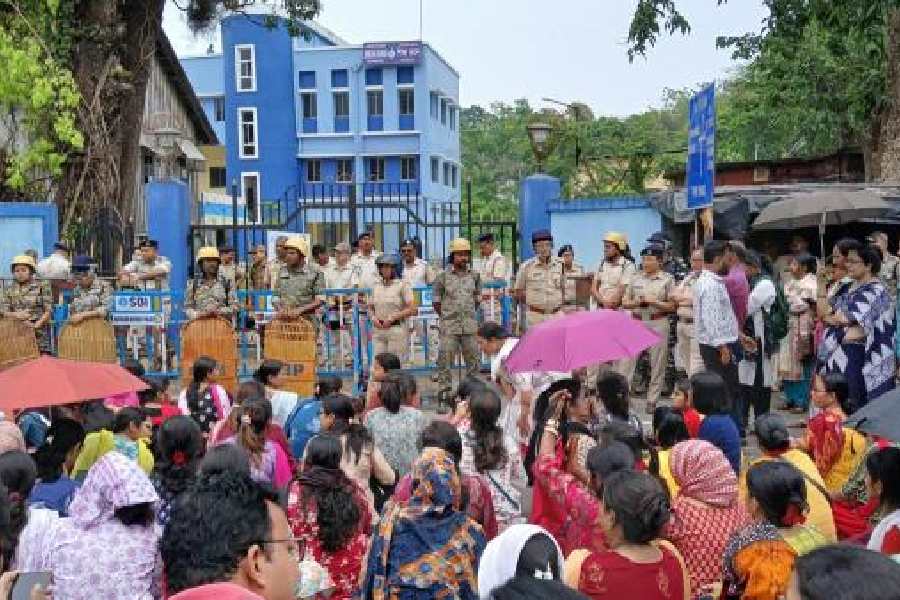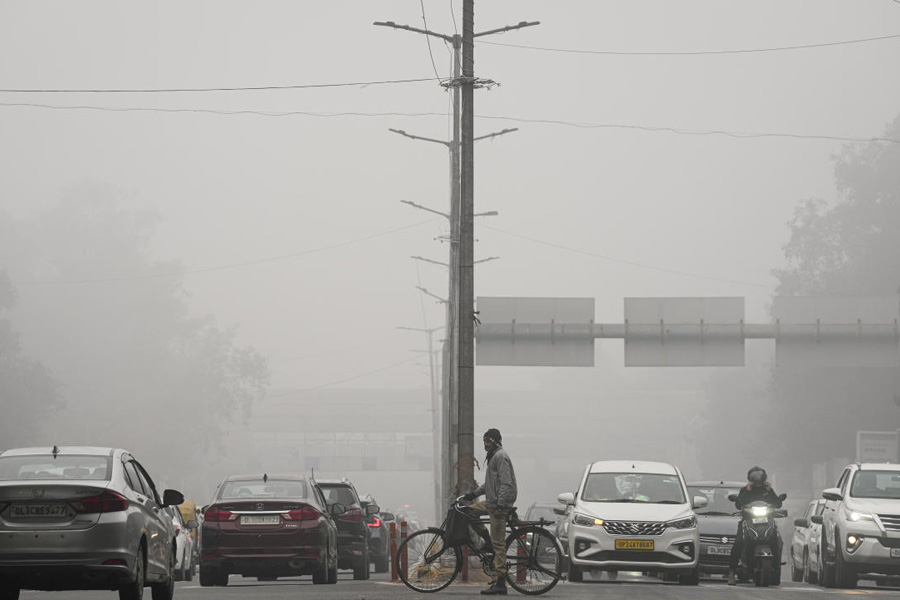 |
| General VK Singh |
New Delhi, Feb. 19: A new row between army headquarters and the government is brewing after the defence establishment has referred a new promotion policy proposed by army chief General V.K. Singh to the law ministry, holding up the appointments of more than 40 major generals and lieutenant generals.
An army source has told The Telegraph that the army headquarters has cleared the promotions of 14 major generals as lieutenant generals and 32 brigadiers as major generals.
Even though the promotions were cleared about six months ago, the defence ministry has asked army headquarters to review the system through which seven army commanders have been given a larger say in the promotion of general-rank officers.
The army commanders are senior lieutenant generals who head the eastern, western, northern, central, southern, south-western and training commands.
Defence ministry sources said the policy and the proposed promotions had been referred to the law ministry that is yet to give its opinion. The defence ministry had done this because it wanted to prevent more litigation after accepting the new policy and approving the promotions.
There is already apprehension that the appointment of Brigadier P.S. Rathore as judge advocate general, the chief law officer in the army, on promotion to the rank of major general may be controversial because one of his juniors has gone to court against him alleging bias.
Also, many of the officers cleared for promotion to the next higher rank are about to retire because their tenure is linked to their age and the rank they achieve. For example, a major general retires at the age of 58 and a lieutenant general at the age of 60.
“We want to make sure that in law everything is proper,” a defence ministry source said. “We do not want a situation in which the discretionary powers granted to army commanders leads to more court cases. There has already been one that has involved the army chief himself,” the source said.
Major generals go on to lead divisions before serving staff appointments and lieutenant generals go on to lead corps and also serve in staff jobs. The selected ones go on to head commands. There are about three divisions in a corps. The Indian Army has 11 corps. The appointments of major generals require the approval of the defence ministry. Lieutenant generals are cleared by the appointments committee of the cabinet on the recommendation of the defence ministry.
While an army headquarters’ source said the defence ministry was dragging its feet on the new promotions policy “that rewards merit over connections”, a defence ministry official said the army was tinkering with its appointments criteria far too often.
Like five previous chiefs before him, General Singh too was attempting to effect changes in the army that would have an impact long after his tenure, a ministry source said.
The issue had figured in the army commanders’ conference last year. At the time, defence minister A.K. Antony had said “there is no room for inconsistencies or aberrations or arbitrariness in promotions”.
There is a faint echo this time of the row over appointments from the incidents of 1998.
The immediate reason for the dismissal of the then chief of naval staff by the NDA regime’s defence minister George Fernandes was ostensibly his refusal to appoint Rear Admiral Harinder Singh as the deputy chief of naval staff on the order of the political leadership. Bhagwat had argued that Harinder Singh, who was then fortress commander of Andaman and Nicobar, did not fit the bill. But the ministry alleged that Bhagwat was playing favourites.
The ministry wants the army’s promotion policy to be aligned with the policies of the navy and the air force. The army has argued that that is exactly what it has sought to do by giving its regional commanders a limited power of discretionary selection.
“This is important to us because the army commander knows the performance of an officer in field operations,” a senior army officer said. But the bureaucracy fears it is this ambiguity that is fraught with risks of bias and favouritism in appointments.










